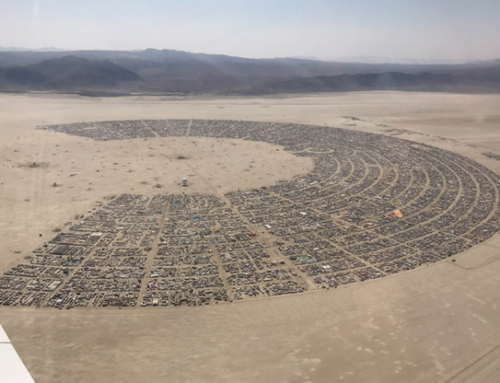Coloured, shiny, revealed cladding – are colouring the street scape in North America. Wall cladding is the skin and the exposed layer of a building. Metal cladding is growing in popularity for wall applications in commercial and residential buildings.
We know metal cladding represents a modern look and durable surface. But is there more to it?
Is the appeal trendy or is it due to being more sustainable?
Metal cladding can be a very good thermal barrier with significant energy saving over many years. Bear in mind it can last for many decades or even centuries without deteriorating.
According to Patrick Condon, professor at UBC, In his article is saying there is a strong current appeal to the metal cladding because of the new envelope layering. Traditionally, these claddings are simply fastened without insulation to the structural wall, through membrane water-resistive barriers (WRBs) and sheathing. However, some proprietary MCPs are fastened through continuous insulation (ci) to the structural wall which make an effective thermal barrier. In addition, in 2011 the American Society of Heating, Refrigeration and Air-Conditioning Engineers (ASHRAE) demonstrated the need of avoiding thermal bridging to achieve high R value.
These days, we find it in many passive energy and green buildings, providing continuous insulation.
The new MCP sustainability comes also with better air quality and mold elimination. Remember once thermal bridging is eliminated, no cold spots and subsequently no rot develops.
We wonder if the metal cladding will take over from wood in the future!
Photos credit goes to Altium building corporation



